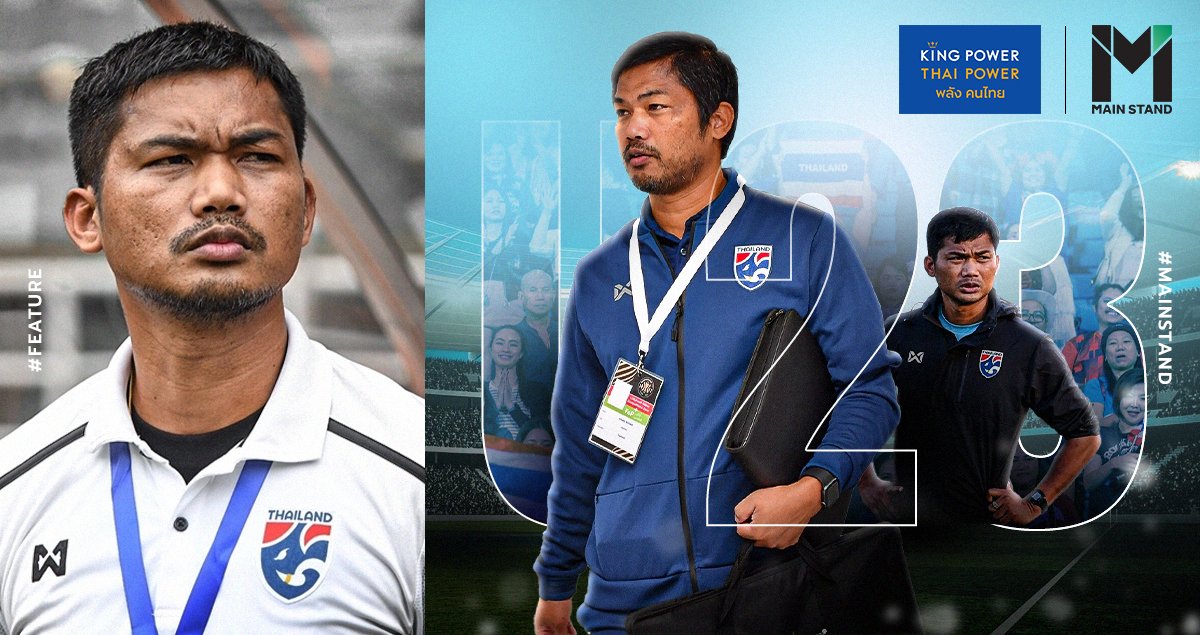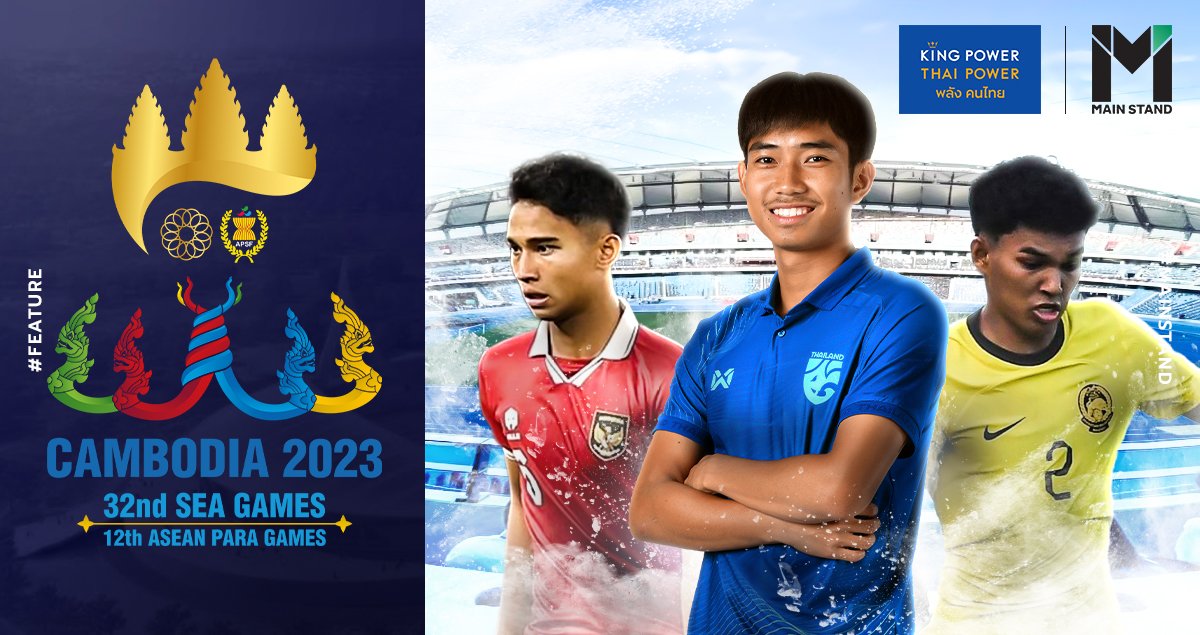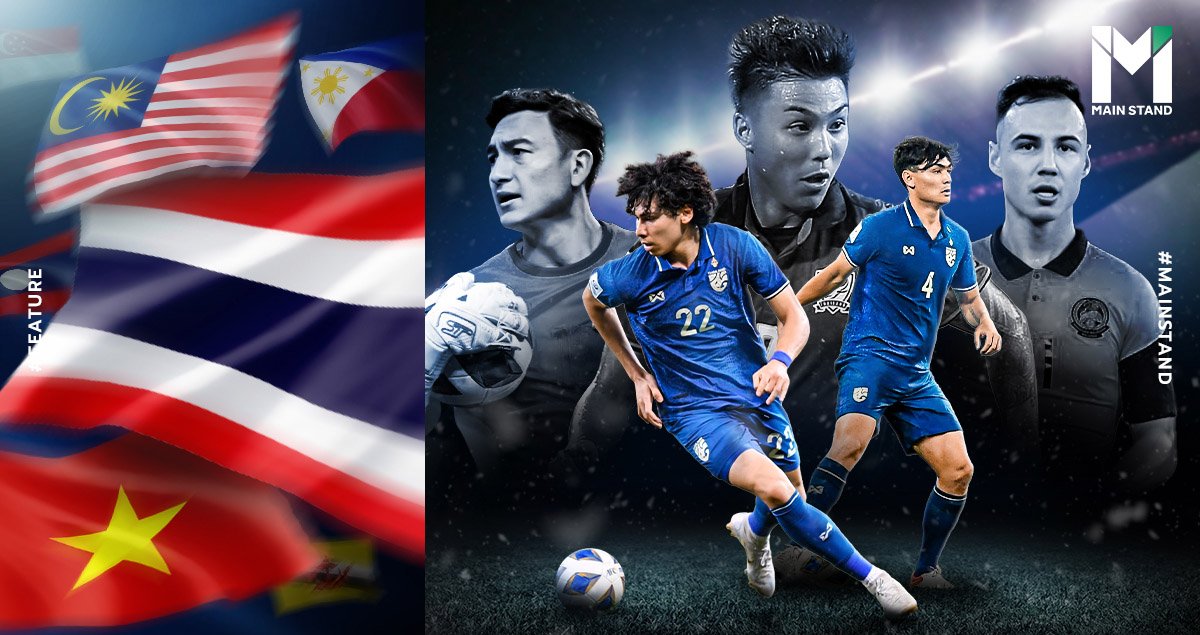
Jonathan Khemdee, Nicholas Mickelson and Yannick Nussbaum are all mixed-Thai football players who play for the national under-23 football team. All three of them have come through the ranks at European clubs, and have never experienced domestic football in the country they represent.
These players are the next in a long line of half-European stars who have made a major impact on the national teams of Southeast Asia.
Join Main Stand as we explain how the arrival of these mixed players have improved the level of both club and international football and explore why they become among the countries’ most famous stars, sometimes even before they make their debuts.
Strengthening the national team
Most often, European-based players choose to represent the country of their ASEAN heritage to become key members of the national team.
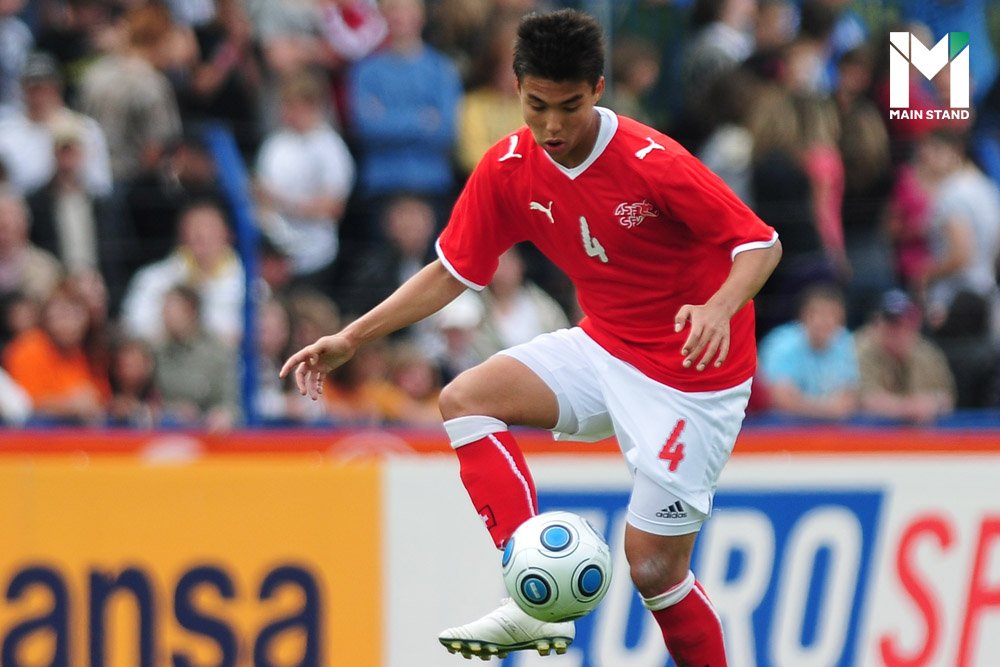
Thailand has seen many examples of players born in bred in Europe who opted to represent Thailand to play international football. Charyl Chappuis, for instance, represented Switzerland at the U17 World Cup before declaring for Thailand after his 2013 move to Buriram. Since then, European-born players such as Tristan Do, Manuel Bihr, and Philip Roller have become crucial members of the Thai national team, among others.
The logic behind recruiting mixed Thai players is simple; by coming through the ranks in Europe, they are exposed to a level of training and development that domestic ASEAN players can only dream of, as of now. For example, Manuel Bihr came through the ranks at Bundesliga side Stuttgart, while Kevin Deeromram was considered one of the most promising talents at Swedish club Djurgardens IF before declaring for Thailand and signing for Ratchaburi in 2016.
The inclusion of half-European players has allowed nations such as Thailand to pick up the pace in their attempts to close the gap on Asia’s biggest teams.
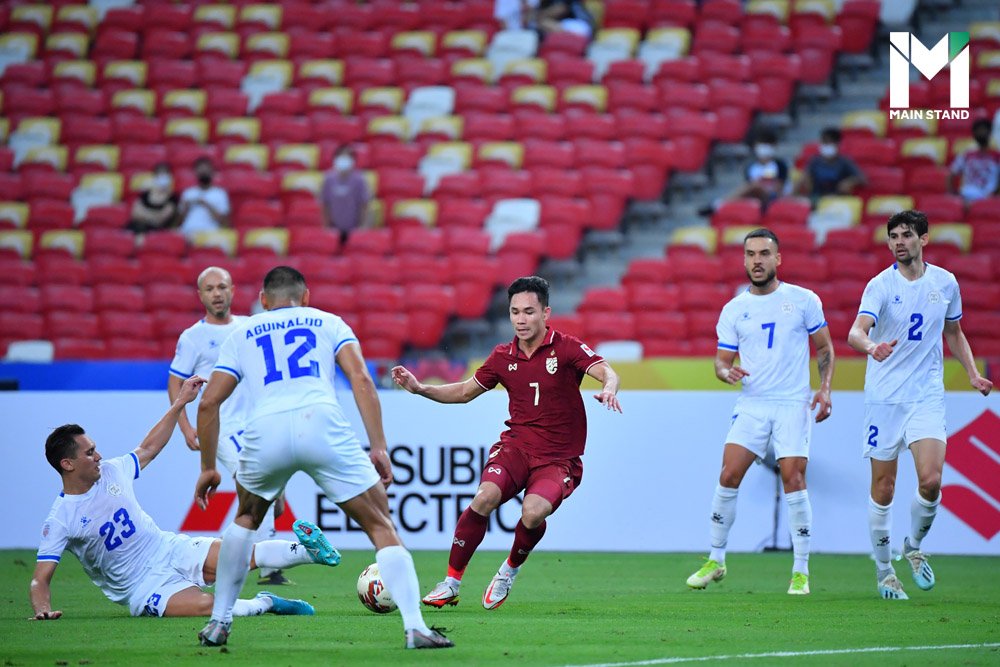
Another nation that has found success in recruiting its European diaspora is the Philippines. The Azkals have been strengthening their squad with half-European players for over a decade, and have become one of the stronger sides in ASEAN despite the struggles of their domestic football scene.
They qualified for the semi-finals in four of the last six AFF Cups since 2010, having never achieved such a feat previously. They also made their debut at the AFC Asian Cup in 2019, joining Thailand and Vietnam as the only ASEAN sides in the competition.
For said Asian Cup, 17 of the 23 players in the Azkals squad grew up in Europe. Six of their team were Filipino-German, with plentiful experience in Germany’s excellent youth development system. These included Stephan Schröck (formerly of Eintracht Frankfurt), John-Patrick Strauß (an RB Leipzig youth product), and Kevin Ingreso (a former Hamburg player), along with Mike Ott, Manuel Ott, and Patrick Reichelt.
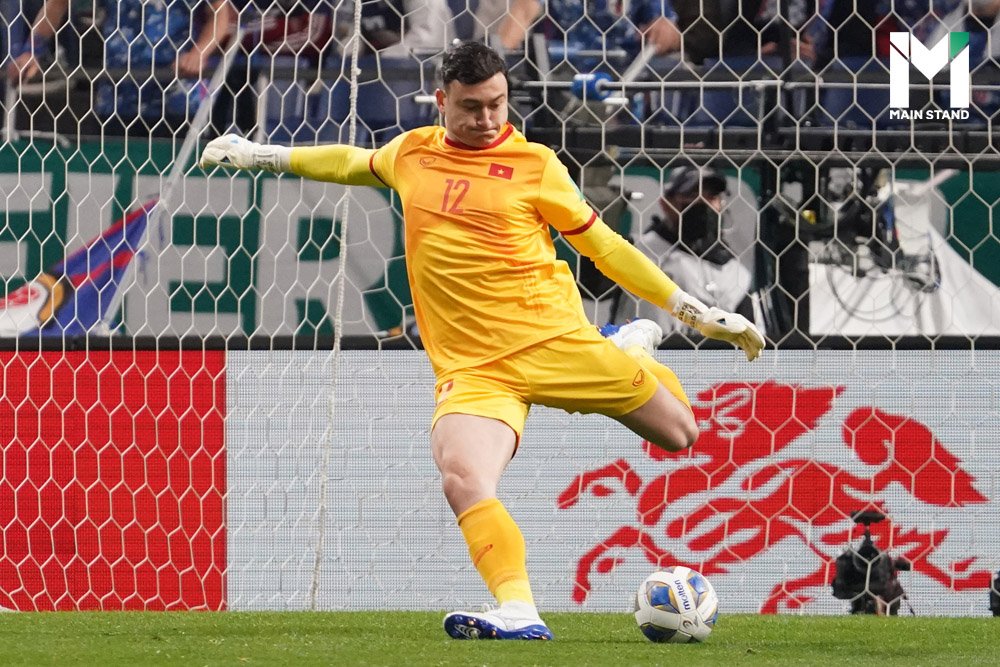
Thailand and the Philippines have used their European diaspora to great effect, and are not the only ASEAN teams to enjoy this boost to their national squads. Half-Russian goalkeeper Đặng Văn Lâm has been a key player for the Vietnamese national team, while Malaysia has recently benefitted from the arrival of Belgium-based Dion Cools.
Thailand’s next generation of half-European talents look equally promising and have given the side hope for the future. Jonathan Khemdee, for example, was praised for his excellent performances during the 2022 AFC U23 Asian Cup qualifying campaign, where his contribution saw the side concede just a solitary goal in three games.
Spicing up the domestic league
Making an impact on the international level may be the main goal of foreign-born players, but their presence has also made a splash in the domestic league.
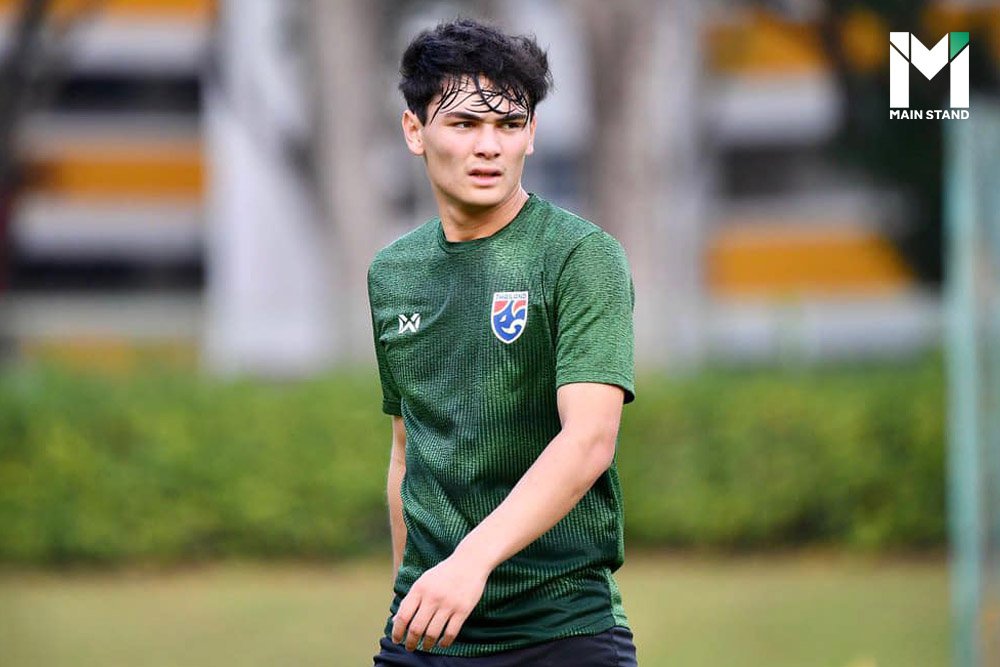
Some players, such as John-Patrick Strauß and Jonathan Khemdee, have chosen to continue their club careers in Europe, with FC Erzgebirge Aue (Germany) and Næstved (Denmark) respectively. However, many players decided to move to Southeast Asia once declaring their allegiance to an ASEAN nation, and have become leading talents for their new clubs.
Charyl Chappuis played a crucial role in Buriram United’s 2013 title win and returned from injury to become a talisman for Suphanburi during the 2016 and 2017 seasons. Similarly, Kevin Deeromram was arguably the standout performer in a fascinating, attack-minded Ratchaburi side in 2016 before making a stunning 40 million Baht move to Port FC the following window.
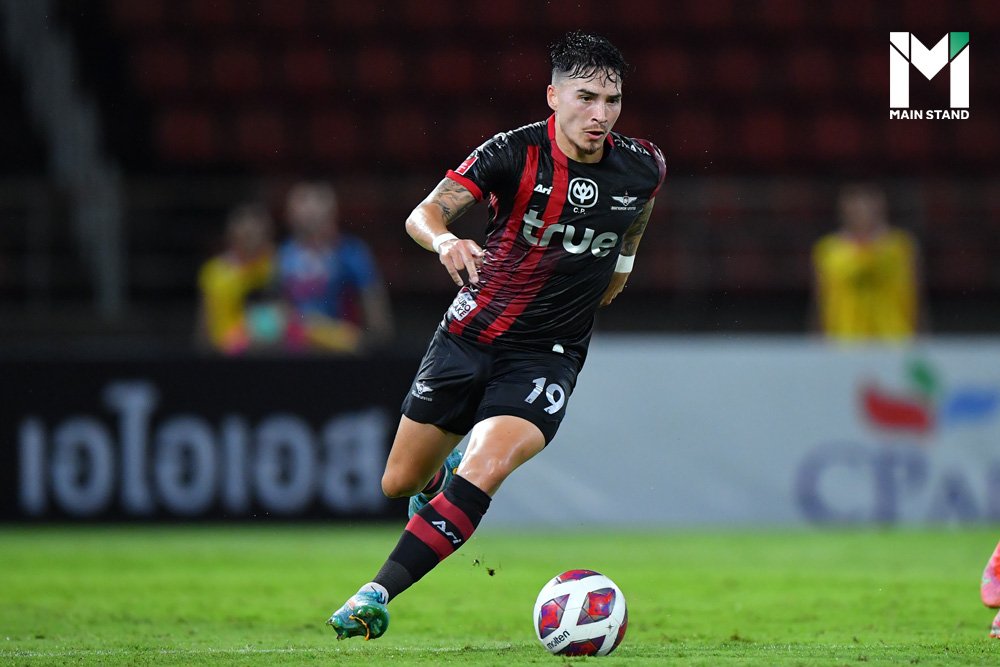
Players such as Philip Roller, Tristan Do, and Manuel Bihr have had similar impacts for their teams as well.
Thai clubs have also benefited from their neighbors’ drive to recruit half-European players, as they can be registered as part of the league’s ASEAN quota. Goalkeepers Đặng Văn Lâm and Michael Falkesgaard were crucial between the sticks for Muangthong and Bangkok United respectively as ASEAN quota recruits.
The arrival of half-European players has improved and rejuvenated club football in Southeast Asia and given clubs plenty of options to strengthen their squads.
Gaining the public’s attention
In addition to their influence on the field, half-European players have usually established huge presences off of it. They dominate news coverage and have amassed major followings on social media. Their inclusions in various national team squads usually spark tremendous optimism among supporters, even before it's clear whether or not they are truly better than the local players in their same position.
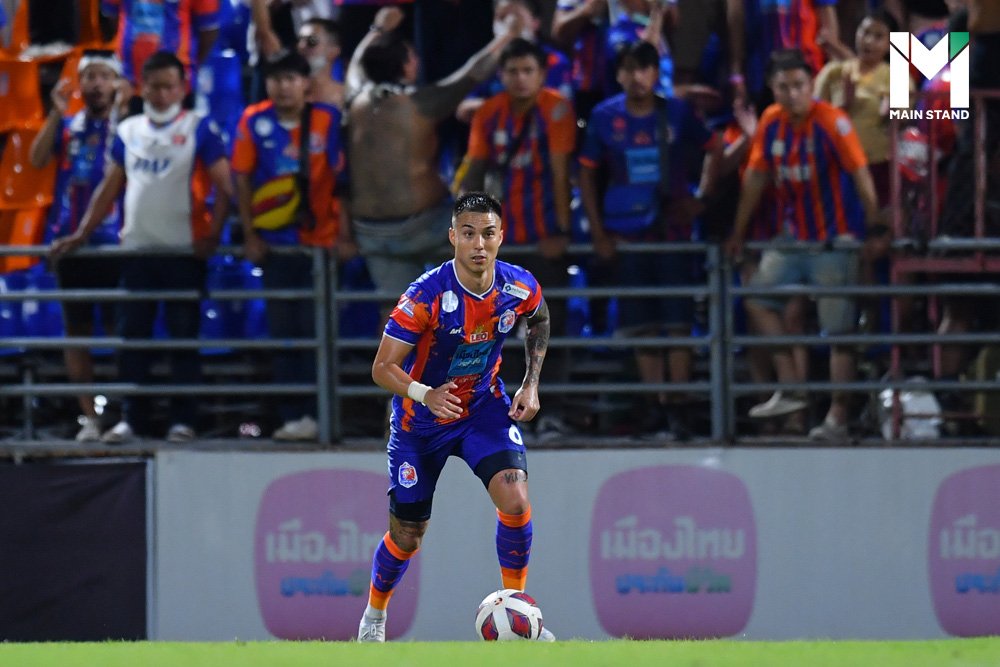
Furthermore, even when not selected for the national team, half-Thai players tend to dominate news coverage and have larger personal fan bases than their domestic counterparts. Charyl Chappuis, for example, retains arguably the most enthusiastic following of any Thai player despite not appearing for the national team since 2017.
More recently, Ben Davis became the center of attention after his inclusion in the U23 AFC Asian Championships in 2020, hosted by Thailand, despite being only 19 and not yet among the side’s key players.
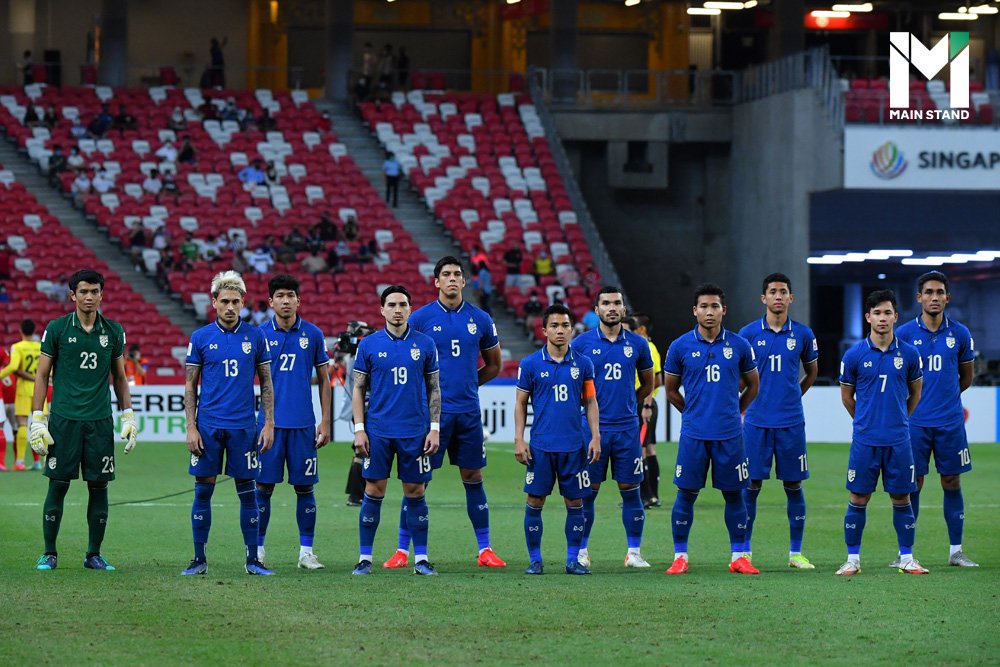
There are a few reasons why this is the case. Firstly, for better or for worse, Thai people often look up to the West as a source of excellence and modernity - a belief that is deeply rooted in Thai culture. Add to that Thais’ long-standing obsession with top European leagues such as the Premier League and La Liga, it is easy to see why half-European players have become so popular amongst the Thai public.
The unfortunate truth is that fans in ASEAN countries have typically experienced more failure than success, making many more invested in elite European football than the domestic game. The arrival of players trained by those elite European clubs has helped divert their attention back home and give them hope that football in the region can one day catch up to the standard they enjoy watching from afar.
In many instances, half-European players have been a massive advantage to the national teams of ASEAN. Their exposure to elite academies and training systems typically give them qualities still lacking in the domestic talent pool. They can provide a boost to Southeast Asian teams in the short run, but show that improving player development at home remains the key to closing the gap on the biggest teams in Asia.




